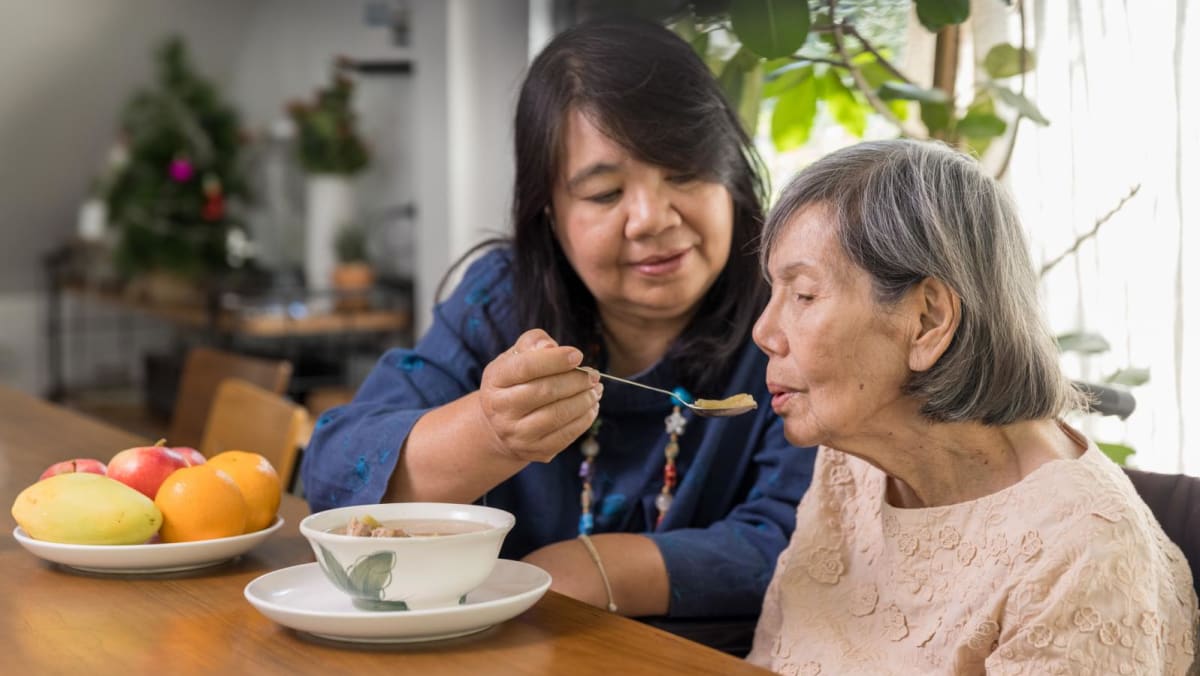The responsibility for caregiving in a family, whether for aged parents or a sick family member, tends to fall on the woman, whether she’s single or married.
A 2022 Quality of Life of Caregivers study by the National Council of Social Service (NCSS) found that 60 per cent of caregivers in Singapore are women.
The White Paper on Singapore Women’s Development, also in 2022, revealed that women were at least four times more likely to have caregiving responsibilities than men.
“Traditional mindsets and gender stereotypes often designate women as primary caregivers,” said Koh Yan Ping, CEO of the Singapore Council of Women’s Organisations (SCWO). “Before women were more present in the workforce, caregiving and child-rearing were seen as natural extensions to their role in giving birth.”
Over time, “unpaid, unrecognised labour becomes a societal norm, presenting caregiving as a ‘burden’, primarily for women”, she added.
According to the 2023 Population in Brief report, 19.1 per cent of the population is aged 65 years and above, and this number will rise to 24.1 per cent by 2030.
Unmarried women with no children tend to shoulder caregiving responsibilities as their married siblings, if any, would have families of their own to care for, a 2019 AWARE Eldercare Research Report found.
She would see to her parents’ day-to-day needs, and take time off work to accompany them to medical and healthcare appointments.
Married women who do take on caregiving duties are part of the sandwich generation. Typically aged between 39 and 59 years, they’re caught in-between having to care for both their elderly parents and growing children.
The White Paper on women’s development also found that married women in dual-income households are five times more likely than men to be managing both household and caregiving responsibilities.

